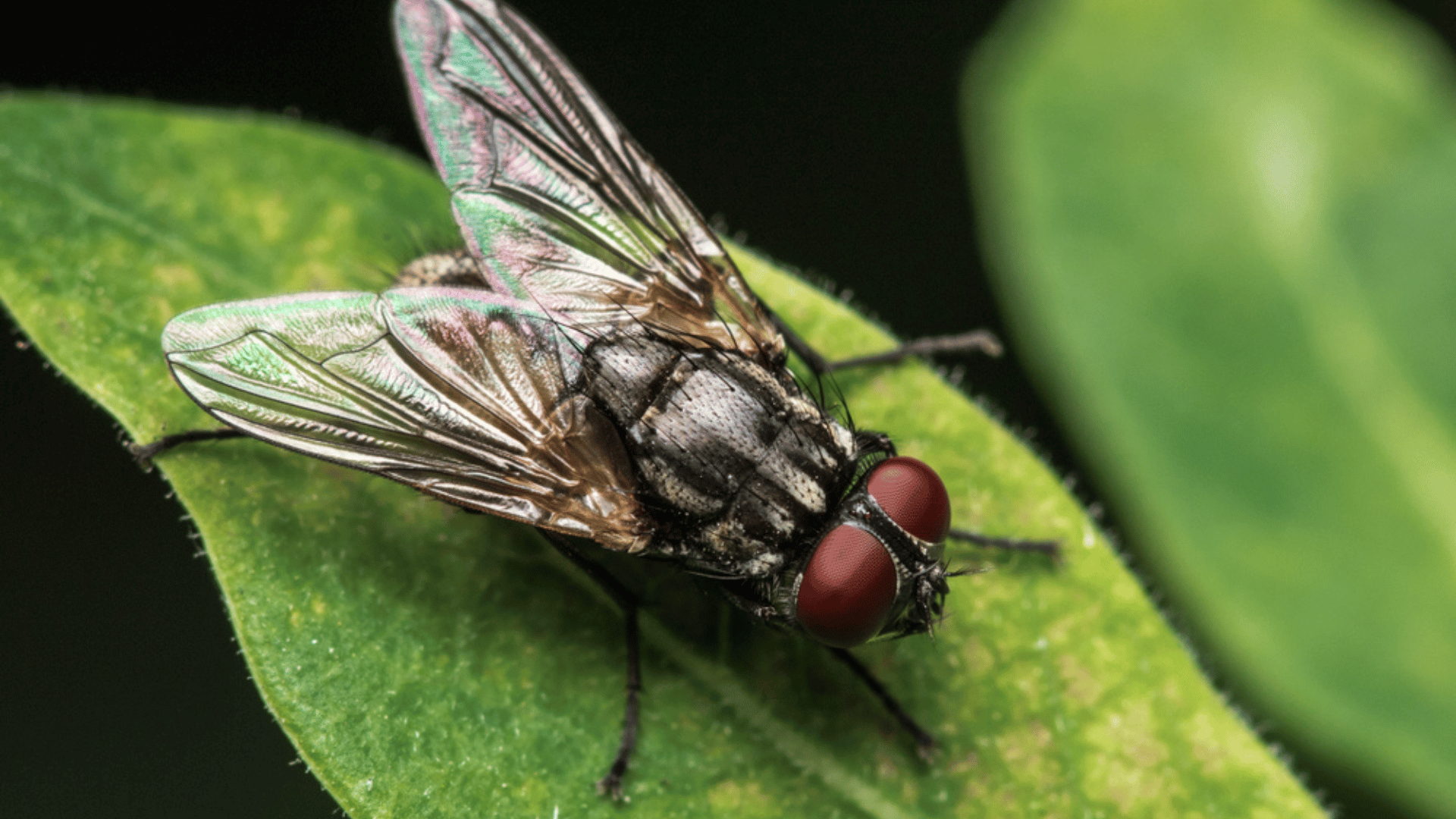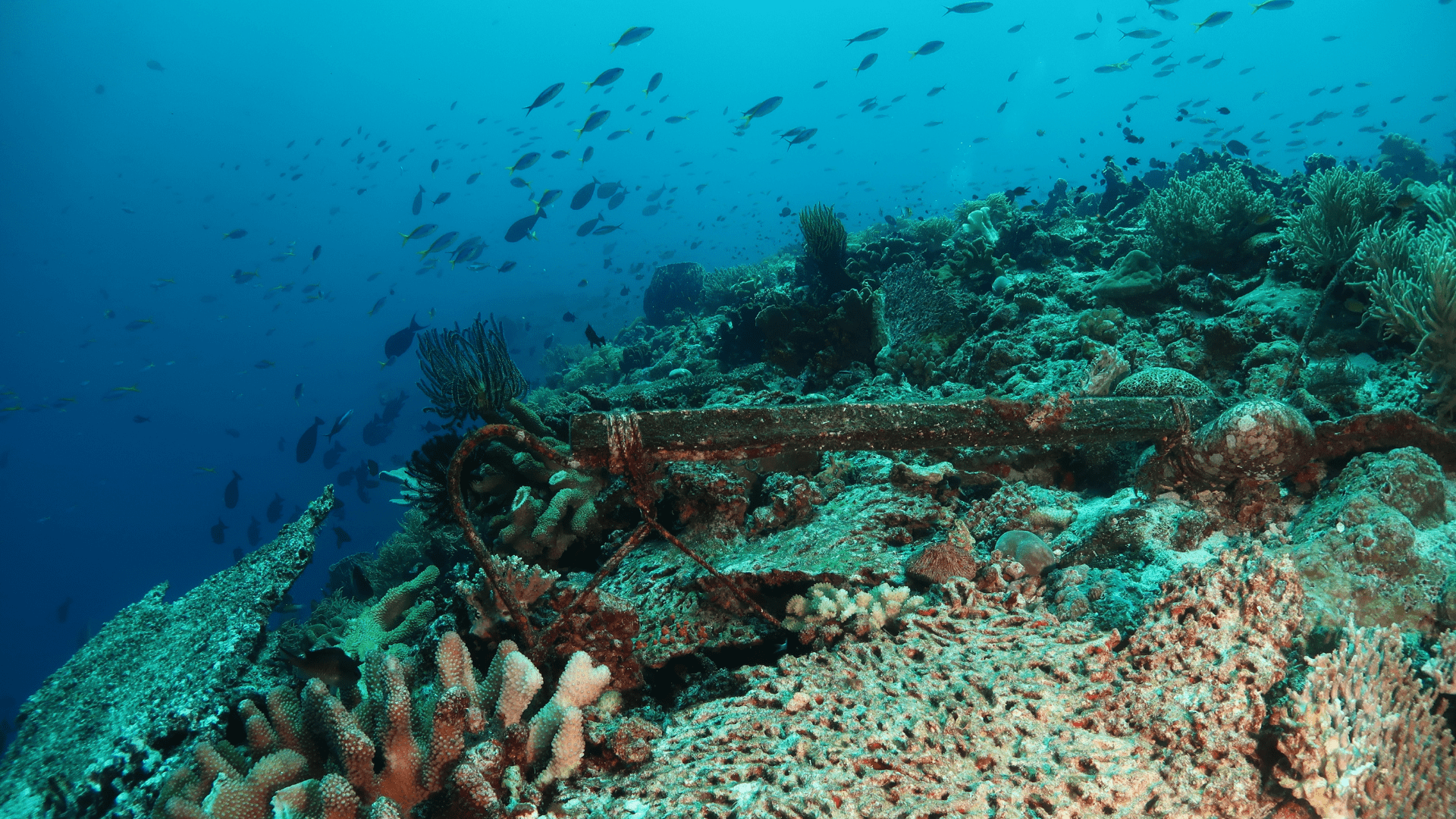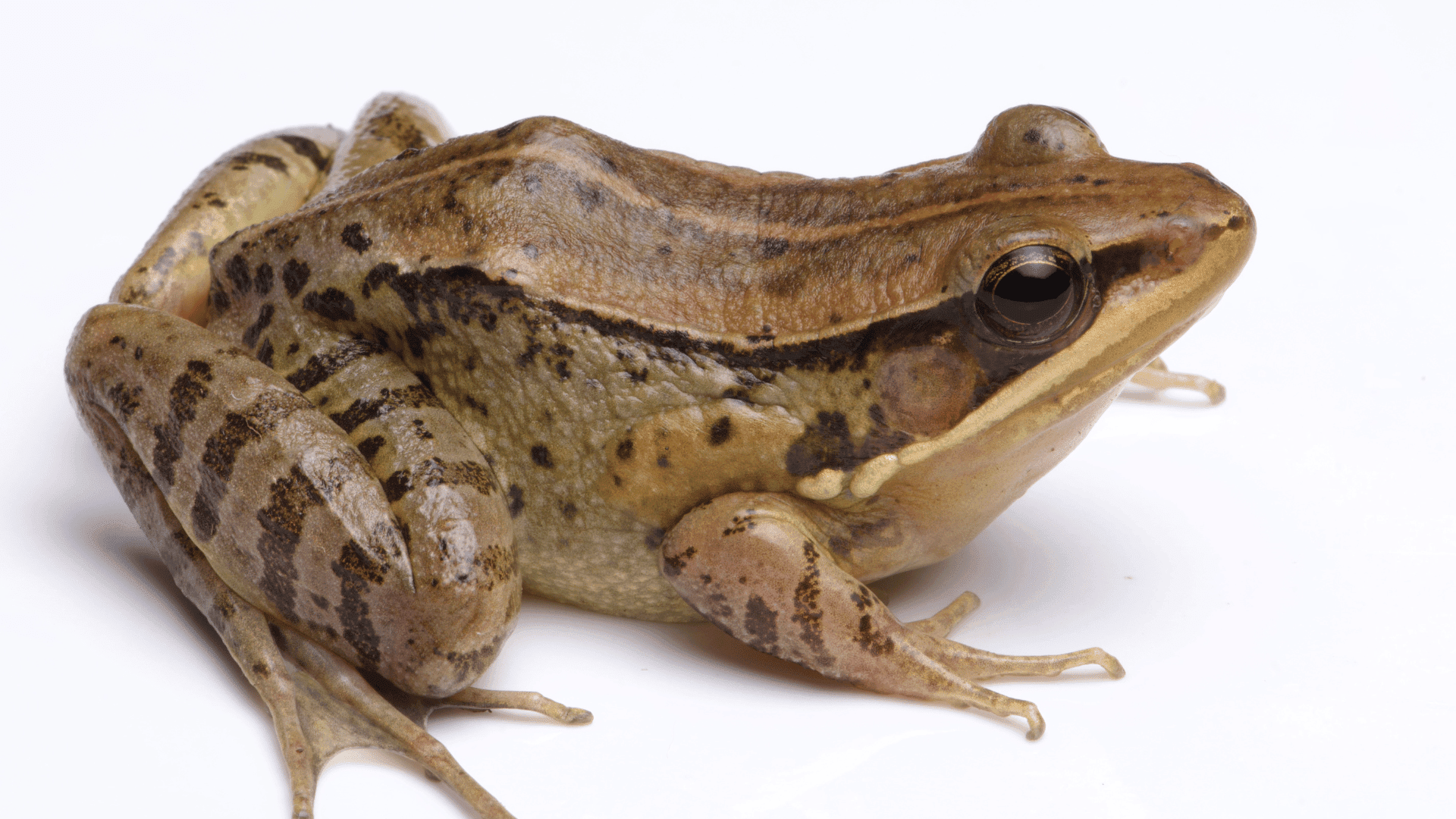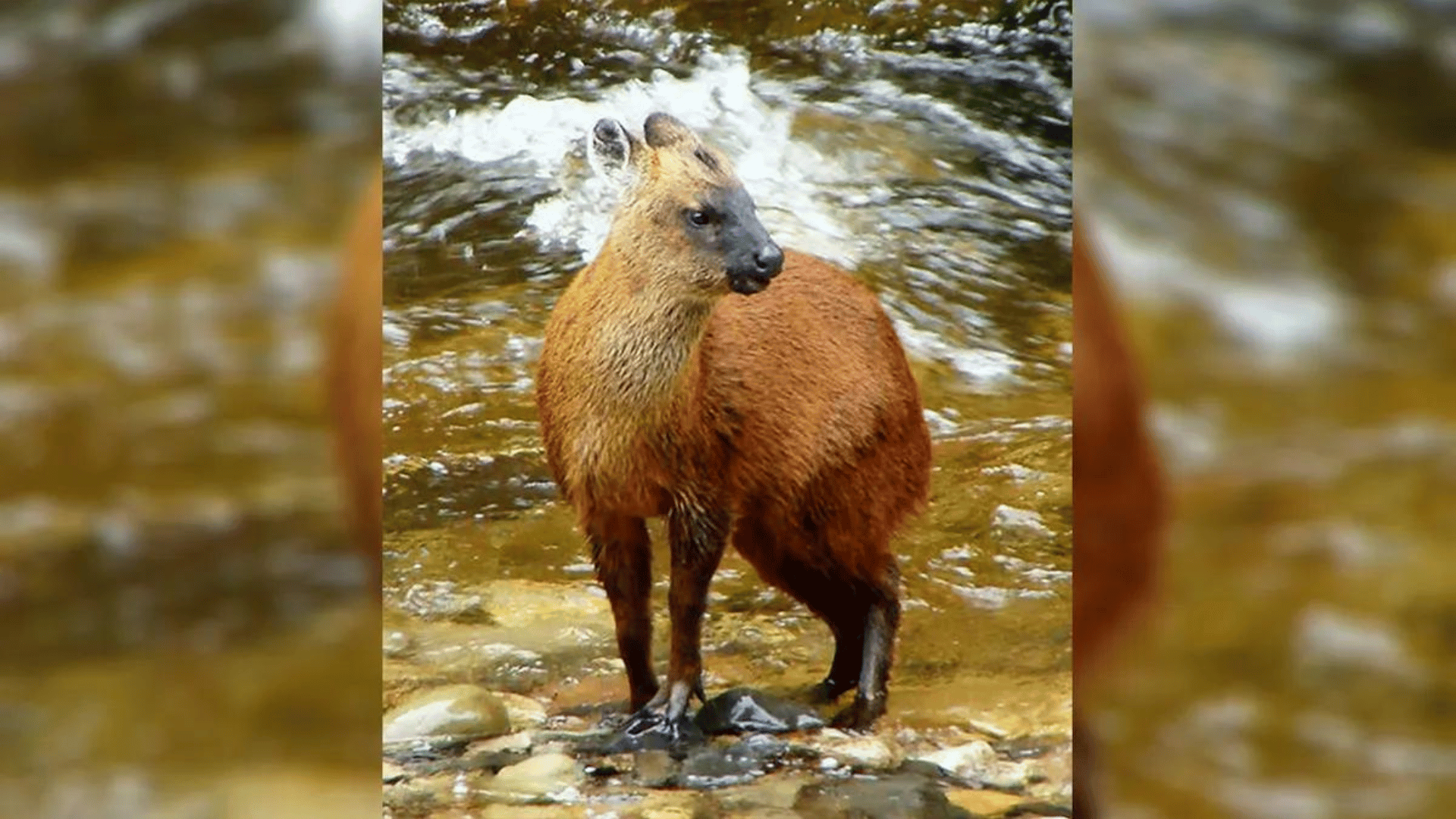As levels of ozone pollution continue to increase, some insects may struggle to find mates or even mate with the wrong species. This is because air pollution breaks down the pheromones released by potential partners.

Ground-level ozone is a greenhouse gas created when vehicle emissions react with other gases in the air. The levels of this pollutant increase in the summer because sunlight and warmth can cause more of these reactions.
Explore Tomorrow's World from your inbox
Get the latest science, technology, and sustainability content delivered to your inbox.
I understand that by providing my email address, I agree to receive emails from Tomorrow's World Today. I understand that I may opt out of receiving such communications at any time.
In 2023, Markus Knaden and his colleagues at the Max Planck Institute for Chemical Ecology in Germany discovered that the ozone interacts with insect chemical signals or pheromones which play a crucial role in mating. For example, they found that male flies became less attractive to females due to elevated ozone in the air.
Insect pheromones contain carbon-carbon double bonds, which could potentially degrade by oxidization. Their studies showed that increased levels of Anthropocenic ozone can oxidize all described male-specific pheromones of Drosophila melanogaster, resulting in reduced amounts of pheromones such as cis-Vaccenyl Acetate and (Z)−7-Tricosene.
As a result, female acceptance of ozone-exposed males is significantly delayed. When repeating similar experiments with nine other drosophilid species, the team observed pheromone degradation or disrupted sex recognition in eight of them.
Additionally, the team investigated whether the pheromone degradation would affect flies’ ability to distinguish between separate species. For this study, the researchers studied four closely related species of fruit fly: Drosophila melanogaster, Drosophila simulans, Drosophila sechellia, and Drosophila mauritiana.
Males and females of these species were exposed to high levels of ozone for 2 hours, comparable to the conditions on a hot day in a city. The females were then given the choice to mate with a male of the same or a different species.
Approximately 70 percent of the ozone-exposed insects produced hybrid offspring, compared to only 20 percent of the control group that was exposed to ambient air. The rate of species confusion appeared to be highest in the D. simulans species, which showed no signs of recognition even from auditory and visual cues.
“Hybrids are very often sterile,” Knaden stated to New Scientist. “So flies invest a lot into their offspring, but the offspring cannot transfer their genes into future generations.”
These deviations in pheromone recognition could spell disaster for the environment if ozone levels continue to rise. If insects aren’t able to recognize and mate properly, this could lead to a devastating decline in insect populations around the world.
“There are more than 1500 insect pheromones that have been chemically described right now, and 90 percent of them have carbon-carbon double bonds [which can be destroyed by ozone],” stated Knaden.







